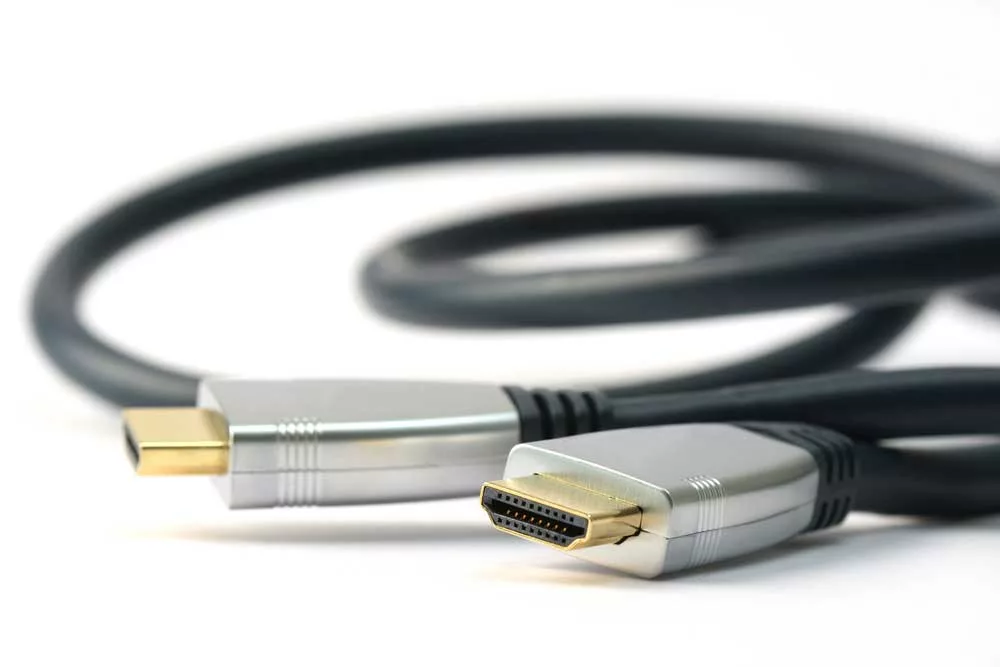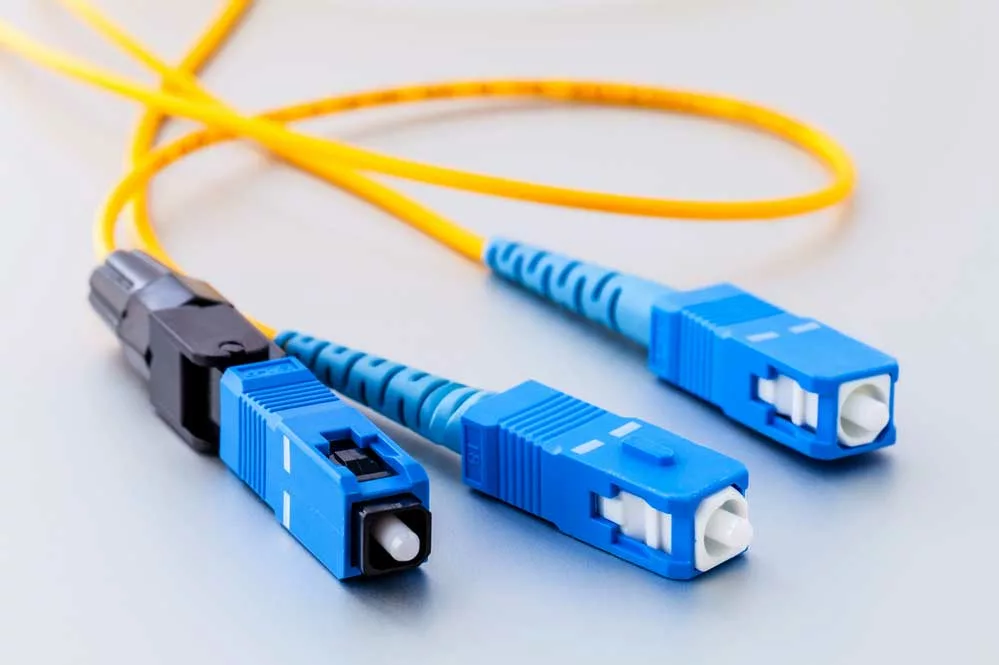Is Optical Cable Better Than HDMI? Optical and HDMI cables are popular for transmitting audio from the source to a speaker or external AV.
Optical cables can only transmit audio signals, while HDMI cables can transmit both video and audio signals, choosing between the two is always confusing.
The article below will help answer the question: is optical cable better than HDMI?
Table of Contents
- What is HDMI audio return channel?
- What is Optical?
- HDMI vs. Optical Cable: Which one to choose
- Conclusion
What is HDMI audio return channel?
HDMI ARC is the specific use of an HDMI cable for receiving and transmitting commands from an external AV system.
HDMI 1.4 led to the HDMI ARC plus the ability to support ethernet connectivity and extra space colors.
Also, it introduced standardized timings to use with resolution at certain refresh rates.
You can use a surround sound, DAC, or dedicated amplifier setup as your audio output when watching TV.
Once these TVs are arc-compatible, HDMI cables will benefit you a lot.
Instead of using two cables—one/the HDMI cable connects the receiver to a monitor or TV and the other/the audio cable manages audio from the TV to your speaker/AV system—you can use an HDMI cable to simplify the process.
HDMI ARC handles audio commands to your AV system while transmitting video from the receiver to the TV.
HDMI eARC and ARC can handle high-end surround sound setups. Further, they support a variety of modern digital audio technologies you can’t find on other cable alternatives. They also streamline and simplify your cabling to create a tidy external audio system.

Caption: HDMI Cable
What is Optical?
Optical is otherwise referred to as Toslink as a result of its original use under the Toshiba Link Brand.
The optical cable is an audio transmission solution made of optic fibers used in consumer video and audio devices such as wireless audio transmitters, CD players, DVD players, game consoles, and cameras to AV systems and TVs.
Although you might still find these cables, they have been obsolete.
However, they offer better legacy device support compared to modern cables.
They have a recommended cable length of about 10 meters. But better quality cables can extend up to 30 meters to better serve your needs.
Also, it supports a variety of media formats and physical standards.
For example, they support compressed surround sound or uncompressed stereo sound.
Since optical cables can only transmit audio signals, they are more specialized than HDMI cables.
Optical cables aren’t very durable because there’s the risk of glass fiber breaking if the cable is overstretched or bent. Therefore, you should be careful, especially when installing them.

Caption: Optical Cable
HDMI vs. Optical Cable: Which one to choose
First and foremost, it’s important to note that both technologies pass digital audio signals from one device to another.
Digital signals are less prone to interference challenges than analog signals face. Then, what’s the Difference Between HDMI and Optical?
Below are the differences between HDMI and optical cables.
Length limitations
While an HDMI cable uses copper cables that are more prone to interference, an optical cable uses optic fiber to transmit signals through light, avoiding interference.
Therefore, HDMI cables are better for short distances (under 5 meters), while optical cables are ideal for longer distances (up to 10 meters).
Compatibility: HDMI is Newer and More Common
Over the past few years, HDMI has been the most popular and common video and audio transmission choice.
It is compatible with almost every PC, monitor, TV, console, graphics card, DVD player, and AV system.
In contrast to HDMI cables, optical cables have become obsolete today.
You’ll find that most TVs feature about three HDMI ports and just one optical port.
And most PCs, consoles, and laptops don’t feature optical ports.
Most of the time, if a device features an optical port, it most likely also features an HDMI port.

Caption: HDMI Cable Connecting to TV Port
Audio Quality: Similar, But HDMI has Improved Features
HDMI cables can transmit high-resolution signals with a better bandwidth.
Therefore, the audio quality provided by HDMI cables is better than optical cables.
Of course, you are supposed to use the latest standard HDMI cable, and both the receiver and transmitter support it.
Still, most users can’t detect differences in sound quality between an HDMI or optical connection to headphones or an AV speaker and system.
Although the difference in sound quality isn’t noticeable, the increased bandwidth allows HDMI cables to transfer more audio formats.
HDMI cables can support Stereo, Dolby TrueHD, Dolby Digital, DTS HD Master Audio, and Dolby Atmos optical cables don’t support.
Optical cables only support Stereo sound and Dolby Digital DTS.
Also, thanks to the increased bandwidth, HDMI cables can process more channels for 7.1 to 7.2, while optical cables are limited to 5.1 channels.
Versatility: HDMI Does Video Too
If you want to transmit video and audio signals from your AV system, an HDMI cable is the perfect choice.
Recent HDMI standards use eARC and ARC technology to transfer audio info across the cable.
You can set up your system using an HDMI cable instead of using multiple different types of cables.
Optical cables are useful when transferring audio signals to an outdated device that isn’t HDMI compatible or from a TV that doesn’t support ARC.
However, use it mainly for an audio connection rather than complicate things with video to reduce configuration complexity.
Conclusion
Although in the past optical cables came in handy when handling audio of late, their eminence has faded.
HDMI offers better compatibility with modern devices and a simpler cable system for connecting larger sound systems.
Also, it supports newer audio technologies. However, optical cables are still useful with older devices such as TVs and AV systems.
If you require any assistance or have any questions feel free to contact Cloom Tech.
